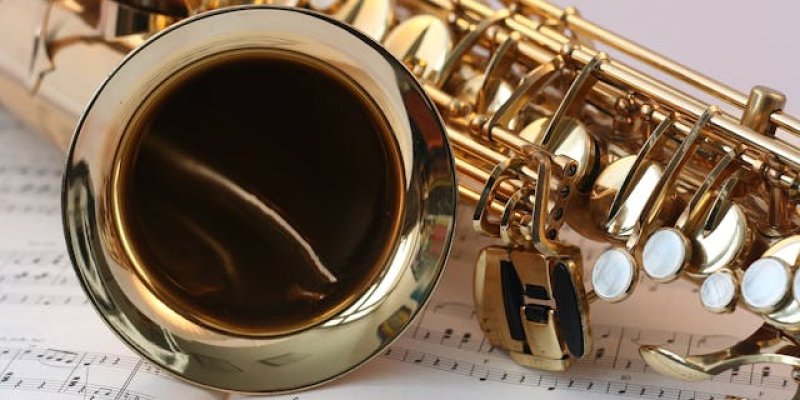Vibrato is a technique that can be applied to a variety of musical instruments, each producing a distinct effect. Here’s a list of instruments that can use the vibrato technique:
1. String Instruments
Violin, Viola, Cello, Double Bass:
- Technique: Vibrato is achieved by oscillating the finger that is pressing down on the string, causing a slight variation in pitch. This technique adds warmth and expressiveness to the sound.
- Usage: Widely used in classical, jazz, and contemporary music.
Guitar (Acoustic and Electric):
- Technique: Guitarists can create vibrato by bending the string up and down or by applying subtle pressure with the fretting hand. On electric guitars, the vibrato effect can also be enhanced with a whammy bar.
- Usage: Common in rock, blues, jazz, and classical guitar playing.
Harp:
- Technique: Harpists can achieve vibrato by subtly moving the hand or finger after plucking a string to slightly vary the tension and pitch.
- Usage: Less common than in other string instruments but used for expressive effects.
2. Woodwind Instruments
Flute:
- Technique: Flutists can produce vibrato by varying the air pressure from the diaphragm or by slightly altering the shape of the embouchure.
- Usage: Commonly used in classical, jazz, and some contemporary music.
Clarinet and Saxophone:
- Technique: Vibrato on these instruments is typically produced by varying the pressure of the air column using the diaphragm or by altering the embouchure slightly.
- Usage: Frequently used in jazz, blues, and classical music.
Oboe and Bassoon:
- Technique: Vibrato is created through subtle changes in breath pressure and embouchure control.
- Usage: Often used in classical music to add expressiveness to solos and melodic lines.
3. Brass Instruments
Trumpet, Trombone, French Horn, Tuba:
- Technique: Brass players can create vibrato through slight variations in lip tension (lip vibrato), by moving the instrument (hand vibrato, especially on the trombone), or by varying the breath pressure.
- Usage: Vibrato is common in jazz, classical, and popular music, particularly in solo passages.
4. Keyboard Instruments
Piano:
- Technique: While a traditional piano doesn't have a built-in vibrato mechanism, pianists can emulate vibrato by quickly repeating a note (tremolo) or by slightly altering dynamics and touch on a sustained note.
- Usage: Less common, but can be used for expressive effects, particularly in romantic and contemporary music.
Synthesizer:
- Technique: Most synthesizers have a vibrato function that can be controlled via a modulation wheel or other controllers to vary the pitch electronically.
- Usage: Widely used in electronic, pop, and experimental music.
Organ:
- Technique: Some organs, especially electronic or digital ones, have a vibrato effect that can be activated to simulate the pitch oscillation.
- Usage: Used in various styles, including gospel, jazz, and classical organ music.
5. Voice
Human Voice:
- Technique: Singers produce vibrato through the natural oscillation of pitch, typically by controlling breath support and relaxation of the vocal cords.
- Usage: Found in almost all singing styles, including opera, jazz, pop, and traditional music.
6. Other Instruments
Theremin:
- Technique: The theremin produces vibrato by the player subtly moving their hand near the pitch antenna, which controls the pitch through proximity.
- Usage: Often used in experimental, electronic music, and soundtracks.
Harmonica:
- Technique: Harmonica players can create vibrato by altering their breath pressure or by moving the harmonica rapidly back and forth.
- Usage: Common in blues, folk, and jazz.
Accordion:
- Technique: Vibrato can be produced by varying the pressure on the bellows or by slightly altering the position of the fingers on the keys or buttons.
- Usage: Used in folk, tango, and various traditional music styles.
Vibrato adds emotional depth, expressiveness, and richness to the music across these instruments, making it a versatile and widely used technique in many musical genres.

